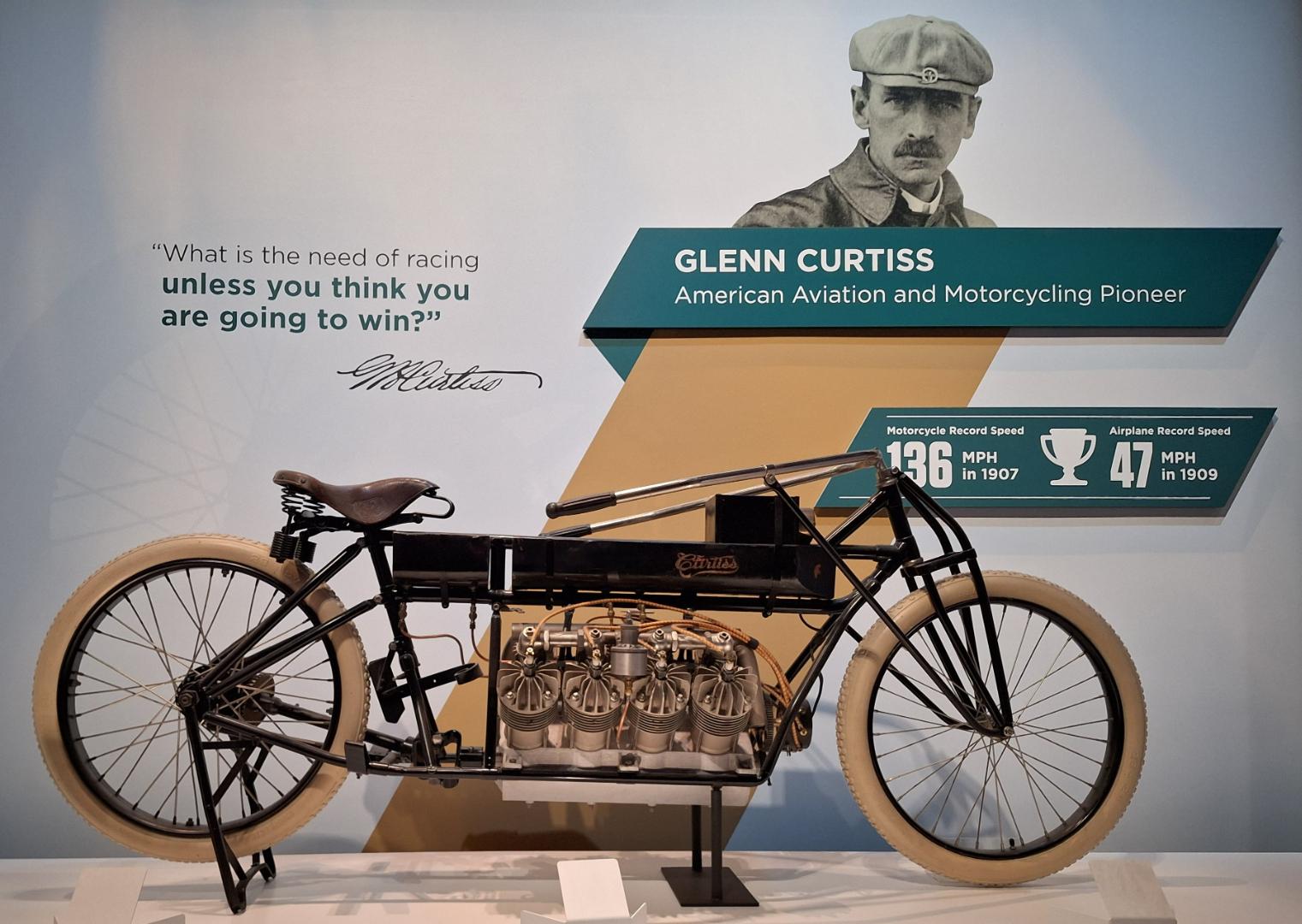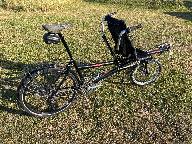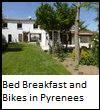Account
Forsale
Discussions
I don't have any direct experience, but as a follower of Pedelecs forum there are issues https://www.pedelecs.co.uk/forum/whats-new/
Swytch marketing is much better than their engineering or their customer support.
Overpriced unless you get a 50% off deal (which are very common).
Some parts are proprietary so spares can be difficult to get and expensive. Several pedelecs users have scrapped most of their Swytch system except the motor.
~~~
So, on the positive side I would suggest a system from Woosh. (https://wooshbikes.co.uk/?hubkits). The kits are generic so replacement parts will always be available, and customer support is exemplary.
We have an XF07 front conversion. Not really powerful enough for a tandem, but all that was legal and available in 700c when we bought it 6 years ago. It is still excellent and helps a lot on the hills (Winchester, hills not extreme but some quite steep), but more would have been better. (It is a little bit more powerful the the Swytch). Also, probably a rear hub kit would have been better; though the different weight distribution on a tandem removes some of the disadvantages of a front hub motor, and means you have two independent drives (standard at back, motor at front) that has often helped os on slippery grass.
Look at https://wooshbikes.co.uk/?hubkits#dwg22c-48v-kit. That is what I would probably get if I were making a conversion now.
Also I suggest you look at the pedelecs site for yourself
~~~
We are phasing out our Woosh kit, not because of electric problems but because I was having lots of difficulties getting my leg over the Viking crossbar. We have just bought a 2nd hand electric Ecosmo tandem with a much lower bar. Not yet tried any significant hills on it. Fairly basic tandem even compared to the basic Viking, but it should do for our relatively limited riding. Odd gearing ... I might write a report on it when we've used it a bit more and tackled some hills.
We had the 2nd gen switch pro set up and used for around maybe 2 years?
It was easy(ish) to set up though we had to take specific photographs of each stage to authenticate our warranty.
We found from experience that having the battery mounted on the front handlebars, the bike was prone to wobble at speed, especially downhill.
We overcame this by mounting in the rear handlebar with a short extension cable, this completely solved the wobble problem as everything was centred.
We never had to use assistance so can't help there, sorry.
What I would say is that it made us see that e-tandems are definitely for us and we but the bullet and bought one from JD Tandems 2 years ago and have never looked back!! I think I'd recommend a custom e-bike rather than add extra motor kits etc.
I would advise strongly against a Swytch motor because I understand it uses a cadence sensor not a torque sensor. A cadence sensor turns your bike into an electric motorbike. A torque sensor makes the bike feel like a normal bike but the rider has the legs of a younger person.
I recently discovered this the hard way. After 9 years of happy use on our Pino tandem, our mid drive Sunstar motor needed to be replaced. The Sunstar had a torque sensor, but is now no longer made. I bought a Bafang BBS01B which turned out to have a cadence sensor – I hadn't realised that such systems now exist. We are going to try the Bafang for a few months, but if it continues to disappoint I shall replace it with a mid drive system that uses a torque sensor. Torque sensing systems include TongSheng, CYC and ToSeven.
I believe cadence sensors arrived on the scene about 10 years ago because they were cheaper than proper torque sensors, and they could have throttles added (usually illegally). However the price difference is now marginal.
Having said all that, if anyone is interested in buying an almost new Bafang BBS01B motor at a knock-down price, do get in touch. There are millions of people happily riding e-bikes with cadence sensors, including Lime bike users.
Peter
There is a huge range of sophistication of assist for both torque and cadence sensors; the difference comes from the controller and the sensor, not from the motor. Certainly many cheap bikes/conversions with cadence sensors and poor controllers behave much more like an electric motorbike, and a good torque sensor system (such as the one on our Bosch powered solo Motus) give a very intuitive feel to the assist..
Depending on the reason for wanting assist many people prefer cadence systems because when you are tired at the end of a journey you can keep assist just by keeping the pedals turning, no need for real work. To many others that whole idea is an anathema.
We have Swytch AIR system on our folding tandem which we only use for flying trips (3 90watt hour batteries). Swytch are a dreadful company to deal with.
Front wheel hubs should only be used with robust steel forks, or with very careful use of torque arms to reduce stress on the forks. The climbing downside of front hub is mainly lack of grip on poor surfaces, this is less important on a tandem because there is still lots of weight on the front wheel.
There is a huge difference in torque between different 250w motors. The 250w is a rated continuous max. The real max that can safely be used for many minutes is always quite a bit more; on many it reaches 750w or more. Again, that depends to a large extent on the controller and the battery as well as the motor.
Peter, I can only speak from our experience, but in no way did the swytch kit turn our bike into a motorbike (husband has 2)
I agree that anything with a throttle control WOULD be considered as a motorbike but our package did not have one and it was definitely our legs that were doing the work with just a little help from the motor - hence 'pedal assist'.
I would not rule out fitting an aftermarket kit, but would agree that there are much better options than Swytch as Steven Todd comments above. If you at all competent at twiddling a spanner I wouldn’t be put off fitting a kit.
Each person will have requirements which are different, so what suits one user will not suit everyone. For example, I have a ‘dodgy’ ankle and starting off / pedalling can be awkward for me at times. The (Woosh DWG22C) kit fitted to my tandem has a cadence sensor as I specifically did not want a torque sensor. Torque sensing needs the rider to increase their effort in order for the motor to increase its contribution, giving that wonderful ‘bionic legs’ feeling. Cadence sensing acts more like a switch and just delivers the power whether you are capable of adding much to it or not. This system is a better solution for me, but I can certainly understand why torque sensing is preferred by many.
As an aside, the retailer ‘Woosh’ also sell torque sensing bottom brackets which can be paired with a range of hub motors if that is your preference.
My biggest reservation about buying a manufactured e-tandem is that you are then tied in to that particular motor / controller / battery. It just sticks in my throat that the big names (Bosch / Shimano, Yamaha etc.) make it virtually impossible for the home mechanic to repair their machines. I’m an invererate tinkerer and maintain my own machines. Replacement batteries are often around twice the price of a generic – which are still using exactly the same high-quality LG / Samsung / Panasonic cells. I wouldn’t buy a car if I was restricted to only buying fuel from the manufacturer of the car.
I honestly believe that my home converted machine gives at least 90% of functionality that a manufactured e-tandem would provide. The biggest (initial) hassle I had was with the rear hub-motor. It is a 48 volt cargo bike system and not short of power, however the loads on a tandem rear wheel are significant and after a few broken spokes I ended up rebuilding the wheel with a Ryde Sputnik rim and Sapim strong spokes laced as a single cross. The larger hub flanges make any other lacing pattern impracticable. I’ve now covered several thousand miles on this wheel with no issues.
If at all possible try to get a ride on different types as there are distinct differences and you need to find out what suits you best.
Slightly tongue in cheek, but do you want:
Torque sensing or Cadence sensing
Front hub motor / Mid motor / Rear hub motor
Current control or Speed control
Square wave controller or Sine wave controller … and so on.
It’s really worth putting a bit of time into investigating the options, but once you’ve made the switch to an e-tandem you’ll definitely use it more and go further.
BTW: Peter Mynors – The Bafang motor engagement does have a bit of a reputation for being quite abrupt. I believe that this characteristic can be modified via firmware updates so that the power ramps up more progressively. The ‘Endless Sphere’ website usually has a lot of data on this sort of thing so might be worth a look.
Thank you everyone for some really interesting feedback on the comment I posted. I have learnt a great deal. It is reassuring to know that I may not have made such a wrong decision after all when buying a Bafang. Presumably it will take some time to get used to any unfamiliar system.
Power assistance for bicycles has come a long way over the last century. It's all so different from when I rode my 1908 triplet to Greece in 1962 (see TC Journal vol 306). In January this year I saw an early power assistance add-on to a bicycle of the same vintage as my triplet, at the Smithsonian. The front fork detail is almost identical to that on the triplet. In those days the development of powered bicycles was closely linked to early aviation. I wonder how long it will be before we have airborne pedelecs?







